Investing time searching for high-quality tiles can elevate the aesthetics of your space for years to come. But with so many options available, how do you ensure you get the best bang for your buck? Fear not!
This guide will help you with the best practices to check tile quality, letting you make informed decisions and avoid potential pitfalls. From pre-purchase inspection to understanding technical specifications, we’ll cover everything you need to choose tiles that are both beautiful and durable.
Top 5 Ways to Check the Quality of Tiles
The tiles must maintain a certain standard to ensure they are safe for the flooring. Certain elements, like the ones below, can help you in choosing the tile’s based on their quality.
Visual Inspection:
By just looking over the tiles, you can able to check for some basic qualities.
- First, look for consistent color and texture across the entire surface of the tile.
- The second main criterion is shape. High-quality tiles will be perfectly square or rectangular, with straight edges and consistent thickness throughout. Check for any warping by placing the tiles on a flat surface.
- Check the surface quality by whether the glaze or finish should be smooth and free of cracks, holes, scratches, or chips.
- Lastly, gently tap two tiles together. A clear, ringing sound indicates a good-quality tile, while a dull sound might suggest a weaker tile.
Colour Consistency
The colour quality of tiles can be easily determined before installation by inspecting each against a standard one. High-quality tiles have a uniform colour throughout the floor during and after installation. Different colour patterns can cause aesthetic disorientation.
Physical Test
Once the visual test is completed, the physical test can be performed. The physical test includes:
Tap Test
A tap test is easy to determine whether the tiles are properly installed and stuck to the underlying surface. You need a rubber mallet or a coin for this test. Tap the tiles with the tool and listen to the sound.
A high-pitched, clear sound indicates good adhesion, and a dull sound indicates weak adhesion.
Scratch Test
Scratch resistance is a key quality of good tiles. The Mohs hardness scale is the standard rank used to check minerals’ ability to withstand scratches.
You can follow this DIY method to perform a scratch test at home.
- Take shards of unglazed ceramic, a hard coin (Mohs hardness 5-6), and a key.
- Take the back side of the sample tiles or an area of tiles where making a scratch causes no drama.
- Now scratch the tiles gently on the back side with even pressure.
If the tiles do not have scratches, they are highly resistant; that is, their Mohs hardness is six or higher. If the tiles are scratched smoothly, then they have a Mohs hardness of 5 or below.
Water Absorption
High water absorption affects a tile’s durability, mainly if it is placed in a swimming pool or bathroom. Hence, measuring the water content of a tile is important. Here is a simple spot test to find it.
- Add a few drops of water to the unglazed and back sides of the tiles. Check how the water gets absorbed or spreads through the tiles.
- If the water is absorbed faster, then the tiles have a high absorption rate.
- If the water takes a period to soak, then the absorption rate of the tiles is lower.
Which is a better option to check tile quality?
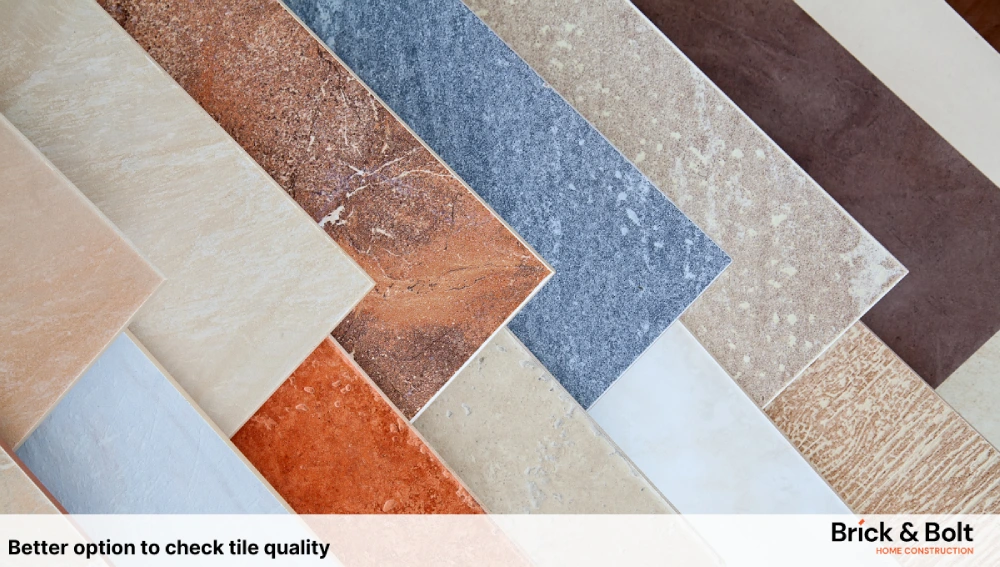
The method of checking the tile quality depends on why the test is necessary in the first place.
- The visual test helps to identify the quality of colour distribution throughout the tiles.
- The tap test is used to check the installation quality of the tiles.
- The scratch test is performed to understand the hardness of the surface and scratch resistance.
- A water absorption test gives you an idea of whether the tiles can be used in wet areas.
Each test is important as it ensures different aspects of the tiles.
Technical Specifications for Tile Quality
i) PEI Rating (for ceramic and porcelain tiles):
This rating system (established by the Porcelain Enamel Institute). This indicates that the recommended use for the tile is based on its durability and wear resistance.
A PEI rating of 1 is for low-traffic areas like walls, while a PEI rating of 5 is suitable for heavy-traffic areas like floors.
ii) Water Absorption Rate:
A low water absorption rate is preferable, especially for areas exposed to moisture. This ensures the tiles are less susceptible to water damage and staining.
iii) For specific materials like marble, you can find specific tests like the “lemon juice test” to check for calcite presence or examine the surface under angled light to identify artificial coloring.
Bonus Tips:
-When buying tiles, ask for a sample to inspect more closely.
-Purchase tiles from a reputable dealer who can provide information about the product’s specifications and warranties.
-If you’re unsure about tile quality, consult a professional contractor or salesperson.
In general, to check the quality of tiles, you should be aware of tiles type to undergo the right way of testing it.
Types of Tiles
Tiles are classified based on two common classifications:
- By Material
- By Application
Types of Tiles Based on Material
Based on the material, Tiles are classified into 5 types:
i) Ceramic & Porcelain Tiles
Ceramic Tile
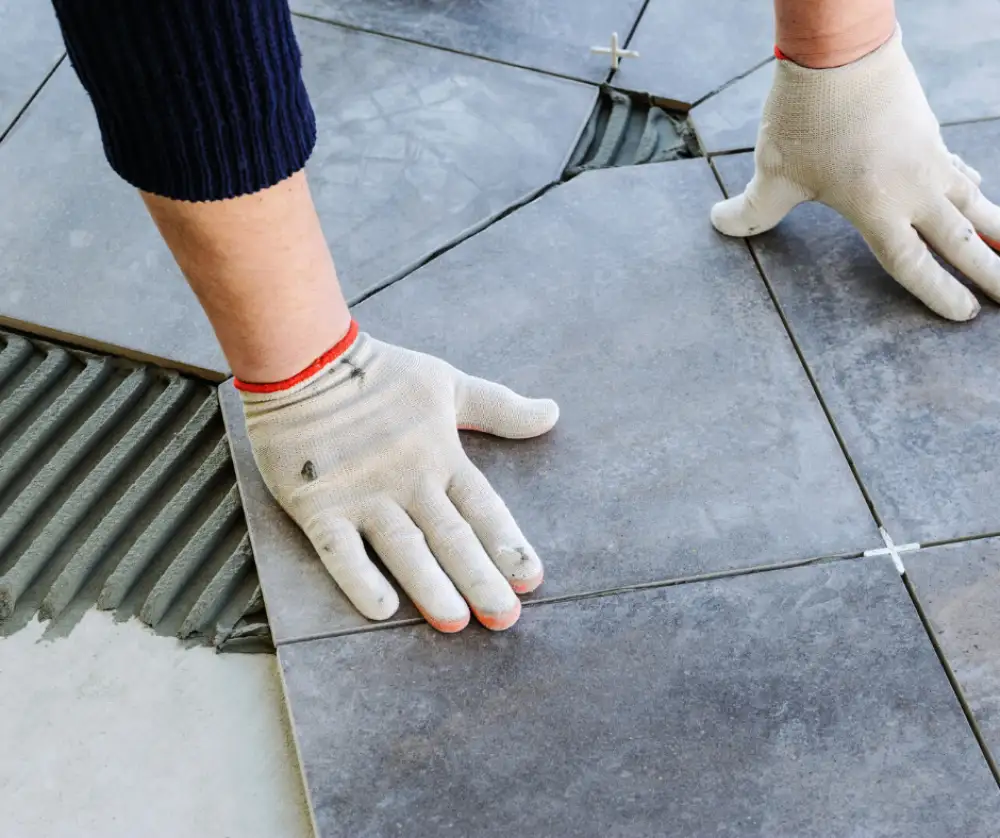
Porcelain Tile
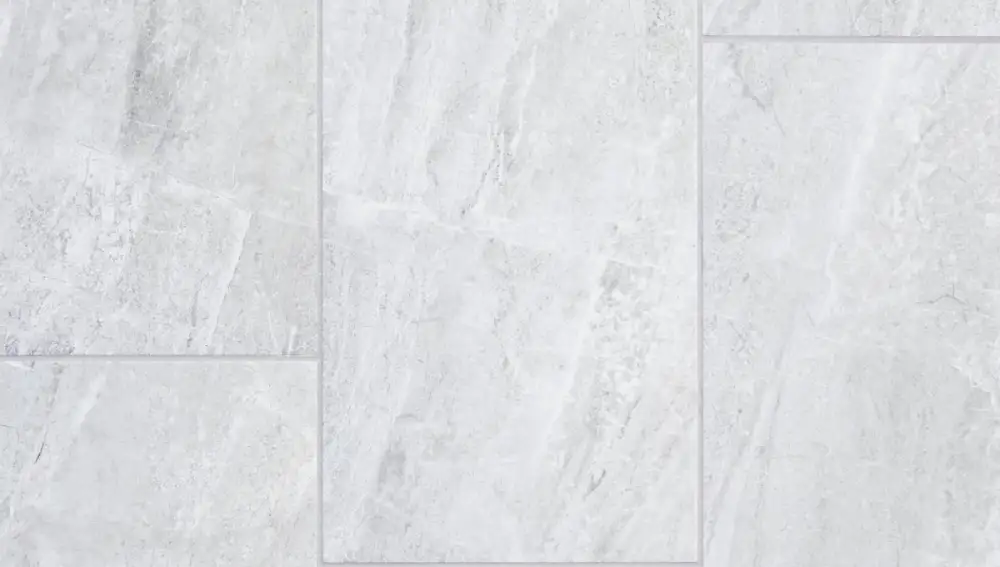
ii) Natural Stone Tiles:
Granite Tile

Marble Tile
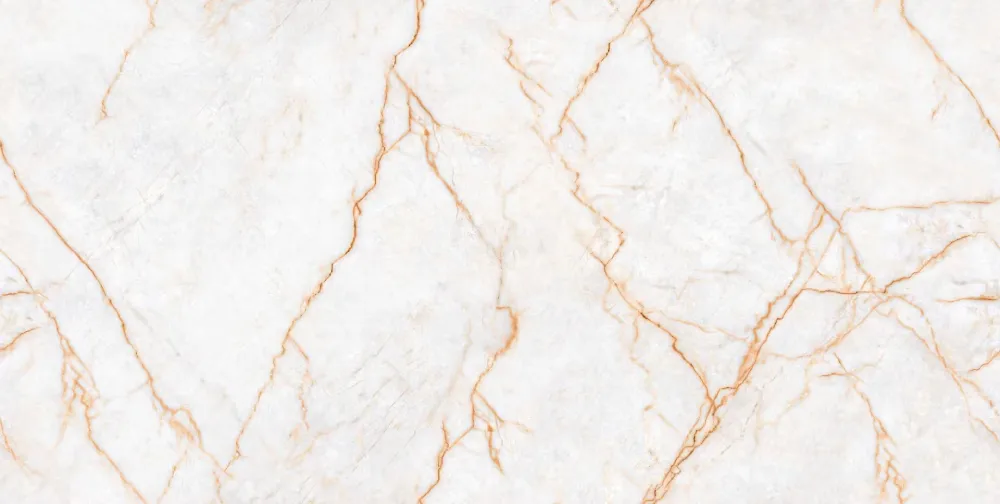
Slate Tile
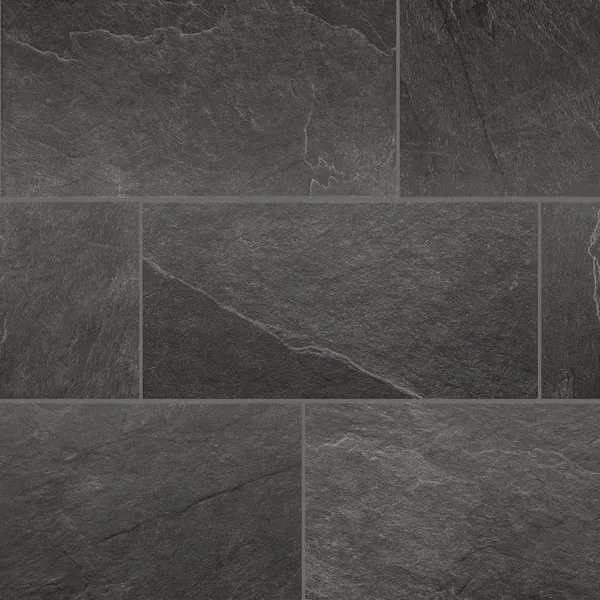
Travertine Tile
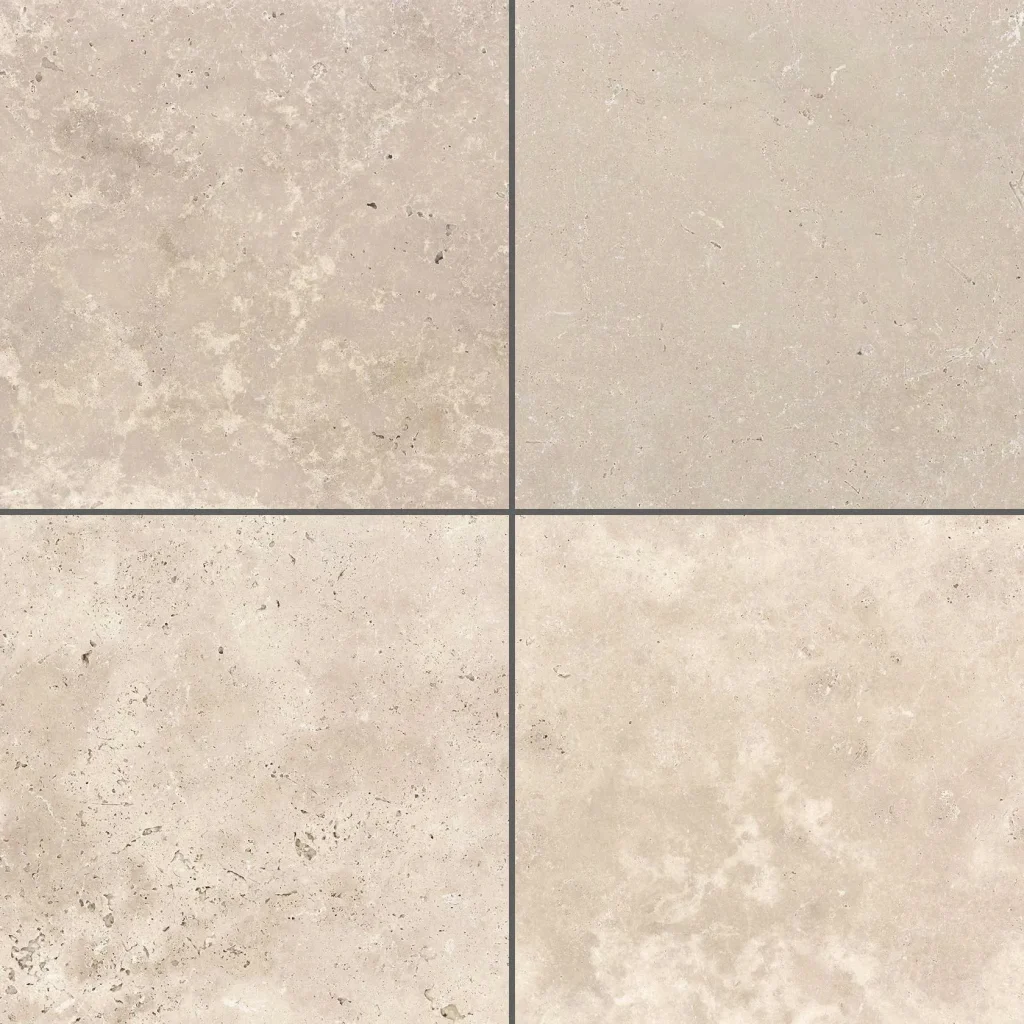
iii) Glass Tiles:

iv) Metal Tiles:
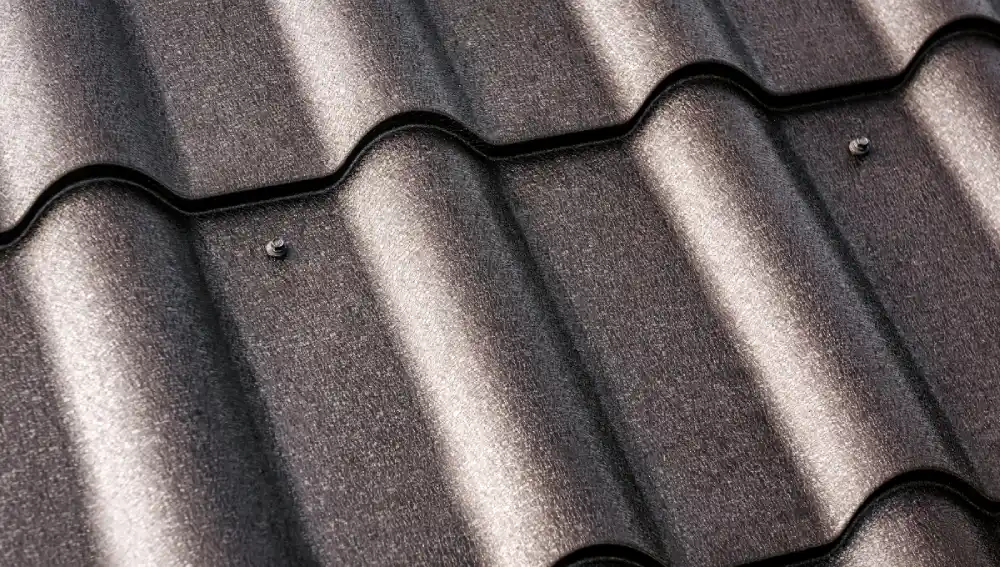
v) Cement Tiles:
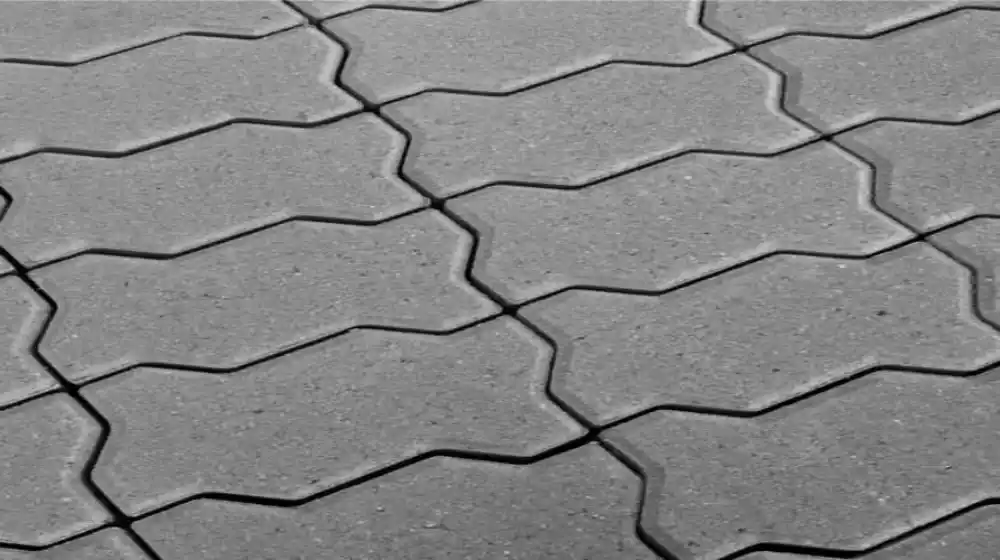
Types of Tiles Based on Application
Based on the application, it is classified into three categories:
i) Floor Tiles:

ii) Wall Tiles:
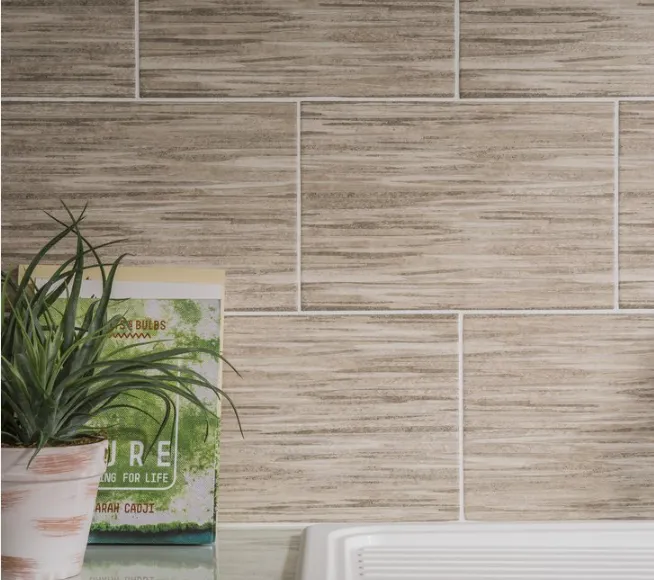
iii) Mosaic Tiles:

Conclusion
To wrap up, checking tile quality will give you insights into the type of tile that you can use for your purpose. Additionally, visible and physical tests will help you get the best tiles for commercial or residential areas.
You should perform the test under the guidance and consultation of professionals. You can also perform simple DIY tests using the sample tiles.
FAQs
How can you tell tile quality?
A high-quality tile will have a uniform colour, sharp edges, structure, and cleanliness.
How do you choose good-quality tiles?
You can choose good-quality tiles by looking at their colour, structure, water resistance, and scratch test.
What thickness of tile is best?
The thickness of the tiles should be between 9.5 mm and 10 mm.
Is 7-mm tile good?
The 7-mm tile is good; it can be used both indoors and outdoors and has strength without bulking.
Which floor tile is stronger?
Porcelain tiles are the strongest tiles.

